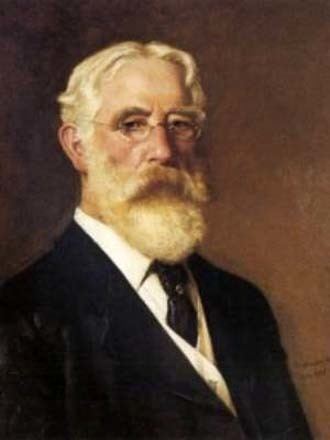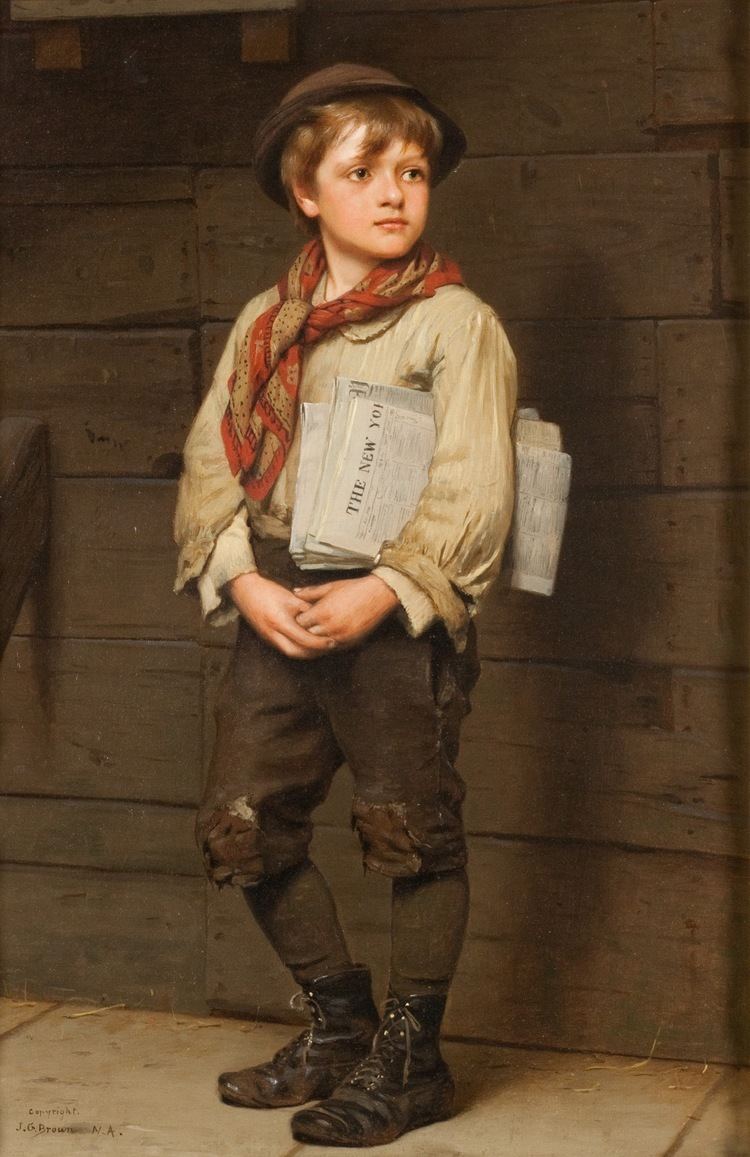Name John Brown | Role Artist | |
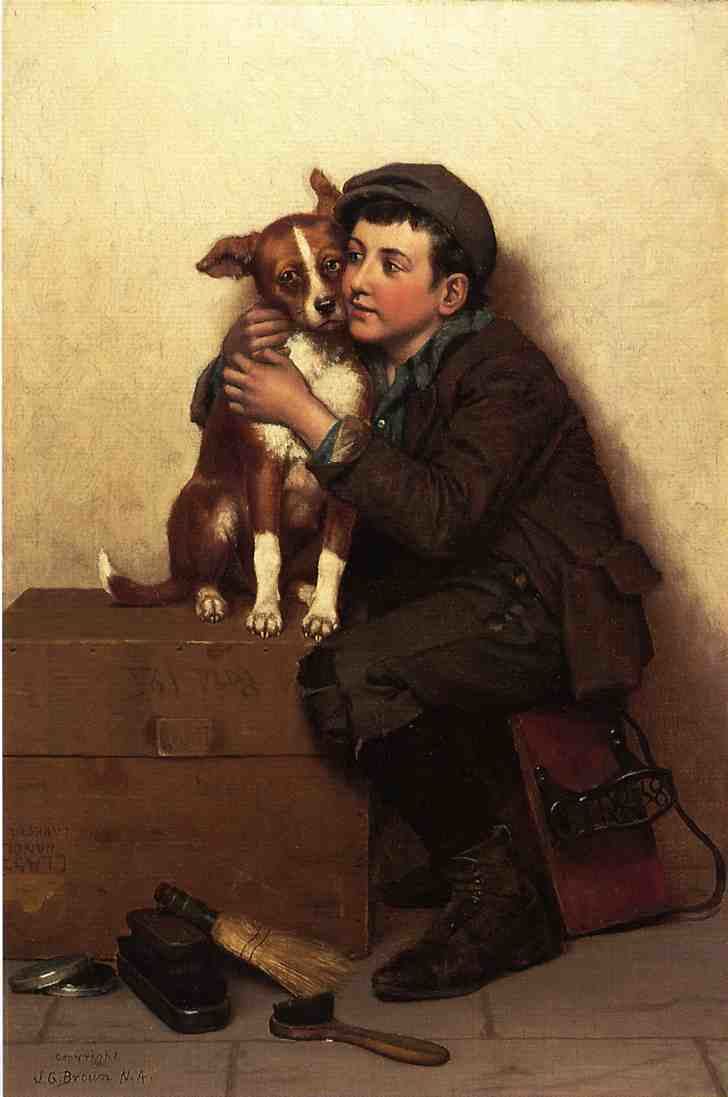 | ||
Education National Academy Museum and School Artwork Shoeshine Boy, The Cider Mill, A Tough Story | ||
John george brown
John George Brown (November 11, 1831 – February 8, 1913) was a British citizen and an American painter born in Durham, England on November 11, 1831. His parents apprenticed him to the career of glass worker at the age of fourteen in an attempt to dissuade him from pursuing painting. He studied nights at the School of Design in Newcastle-on-Tyne while working as a glass cutter there between 1849 and 1852 and evenings at the Trustees Academy in Edinburgh while working at the Holyrood Glass Works between 1852 and 1853. After moving to New York City in 1853, he studied with Thomas Seir Cummings at the National Academy of Design where he was elected a National Academician in 1861. Brown was the Academy's vice-president from 1899 to 1904.
Contents
Around 1855, he worked for the owner of the Brooklyn Glass Company, and later he married the daughter of his employer. His father-in-law encouraged his artistic abilities, supporting him financially, letting Brown pursue painting full-time. In 1866, he became one of the charter members of the Water-Color Society, of which he was president from 1887 to 1904. Brown became famous for his depictions of street urchins found on the streets of New York (bootblacks, street musicians, posy sellers, newsboys, etc.).
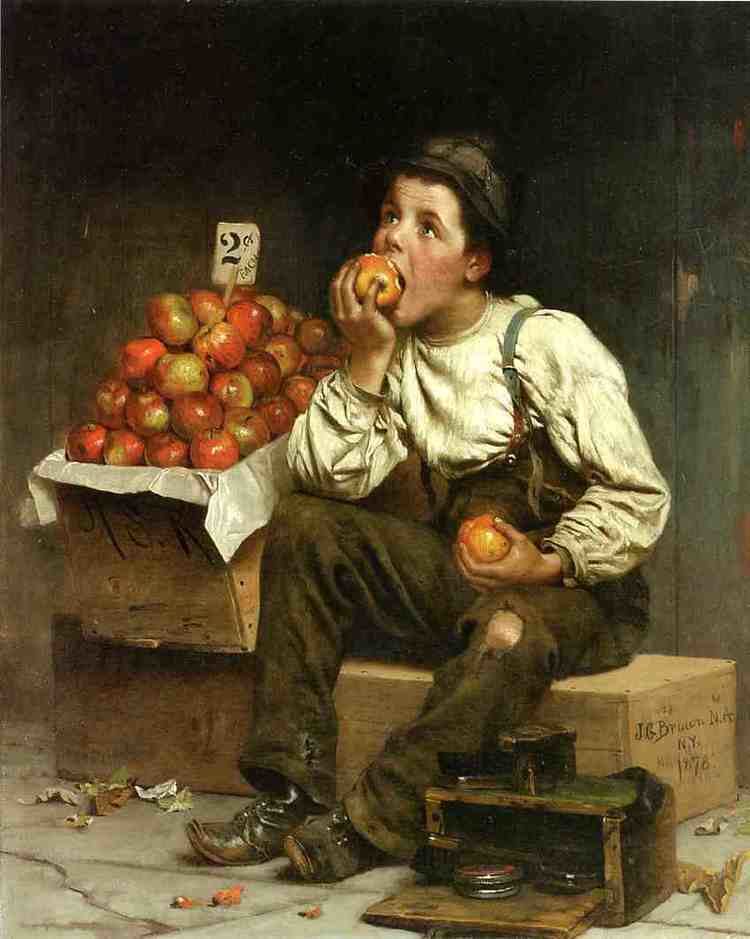
His Passing Show (Paris, Salon, 1877) and Street Boys at Play (Paris Exhibition, 1900) are good examples of his popular talent. Brown's art is best characterized as British genre paintings adapted to American subjects. Essentially literary, Brown's paintings are executed with precise detail, but poor in color, and more popular with the general public than with connoisseurs.
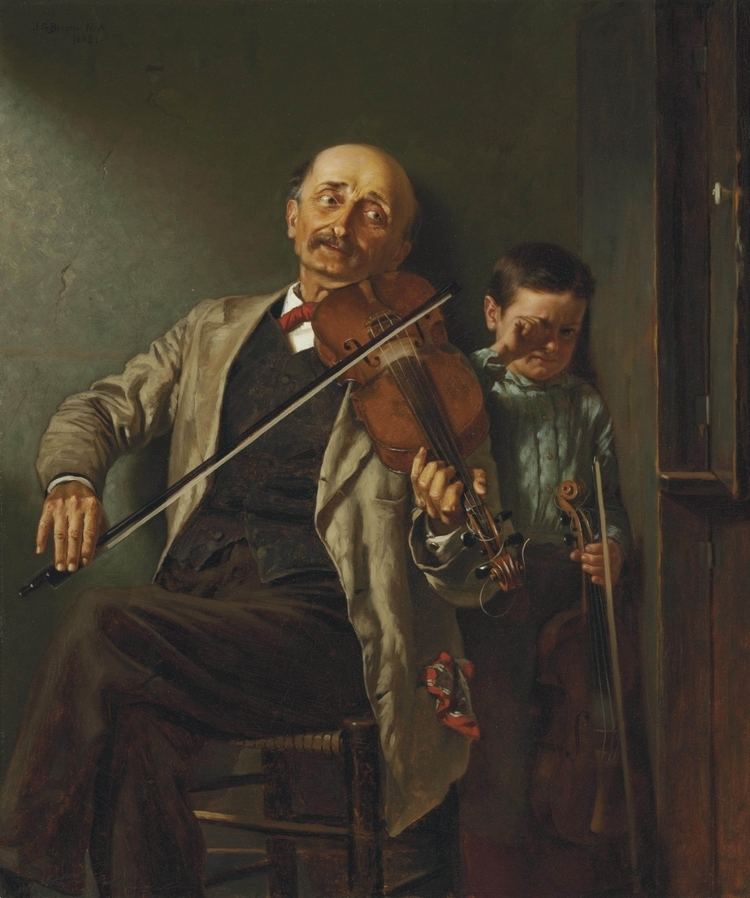
John george brown 1831 1913 american painter
Quotes
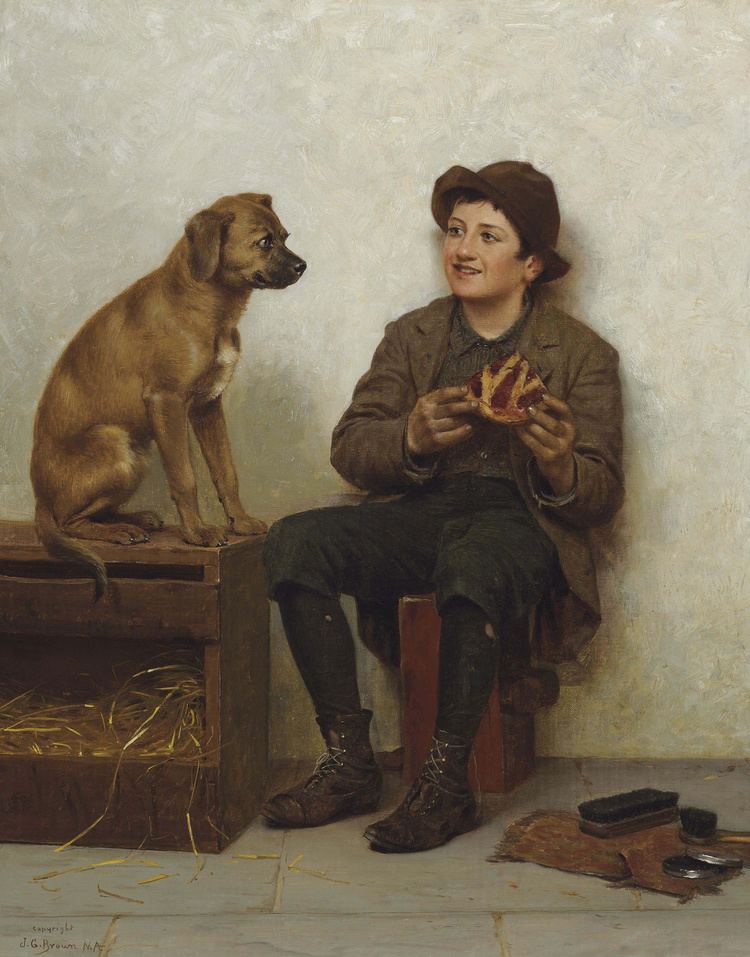
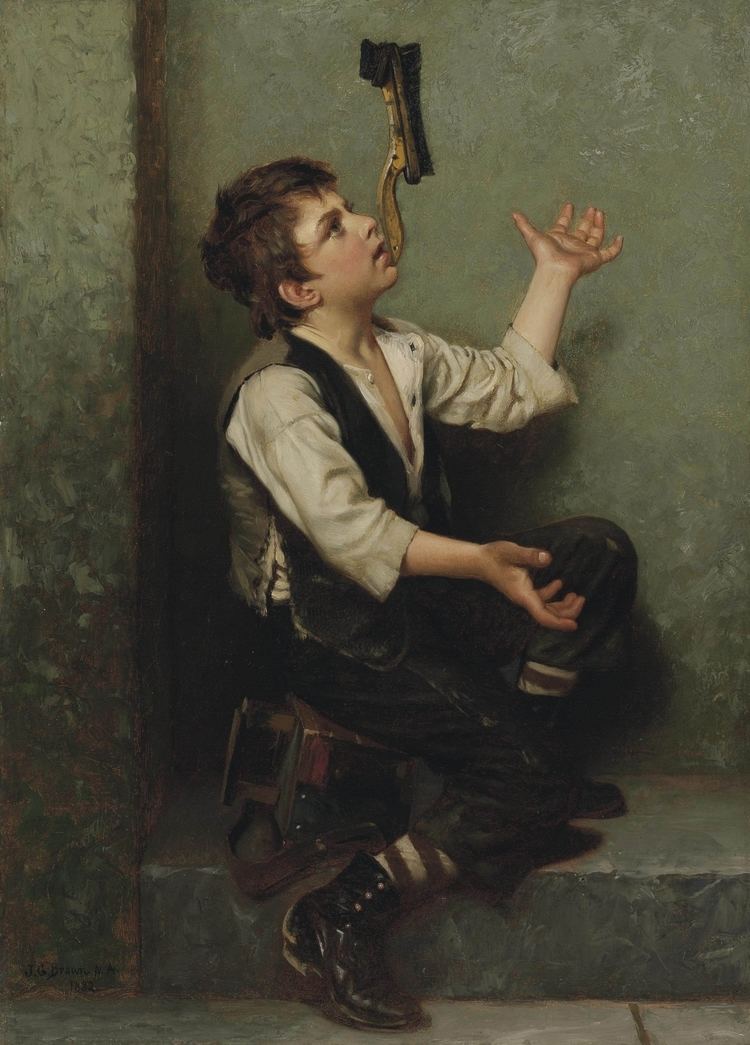
Brown was one of the most successful genre painters of the late 19th century. He worked as a glassblower in Brooklyn and proceeded to open a studio in 1860, launching his artistic career with a painting entitled "His First Cigar". His paintings of cheery street urchins, vendors and shoeshine boys were quite popular with wealthy collectors. However, Brown falsified his subjects as always happy and healthy with just a touch of grime for cosmetics. These scenes were really below his artistic ability, but Brown did not want to cause social alarm among patrons. Many of Brown's paintings were reproduced in lithography and widely distributed with packaged teas. The royalties earned from one lithograph were $25,000. Brown's financial success allowed for him to paint country landscape paintings for pleasure. John George Brown exhibited many of his paintings at the National Academy of Design from 1858–1900, where he also taught for many years.
